Fall is a magical season for your garden, with cooler temperatures, vibrant foliage, and the perfect opportunity to prepare your yard for winter. Yet, many homeowners are misled by common landscaping myths that can stunt growth or even damage plants. Understanding what’s fact and what’s fiction allows your garden to flourish while reducing wasted effort. Here are eight fall landscaping myths you should stop believing if you want a healthy, thriving landscape year-round.
1. You shouldn’t plant anything in the fall
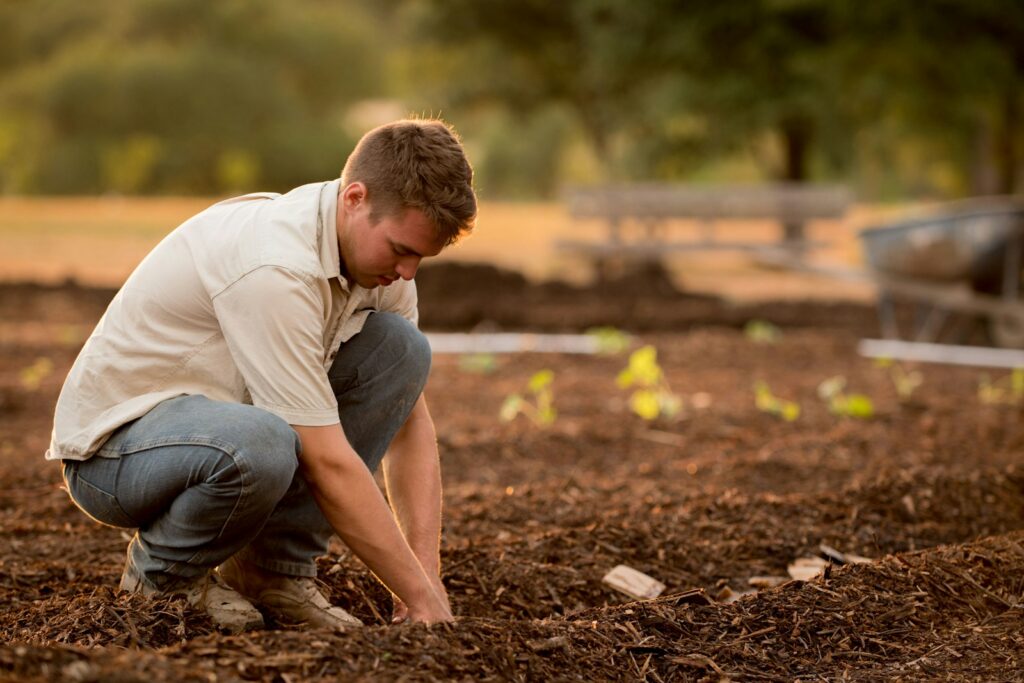
Contrary to popular belief, fall is an excellent time to plant trees, shrubs, and perennials. The soil remains warm enough to encourage root development, while cooler air reduces stress on new plants. Fall planting allows roots to establish before winter, giving them a head start for spring growth. Proper mulching and consistent watering help plants endure cold snaps. Avoiding planting until spring can delay growth, leaving your garden less vibrant and increasing the risk of plants struggling when temperatures rise.
2. Leaves should always be removed immediately
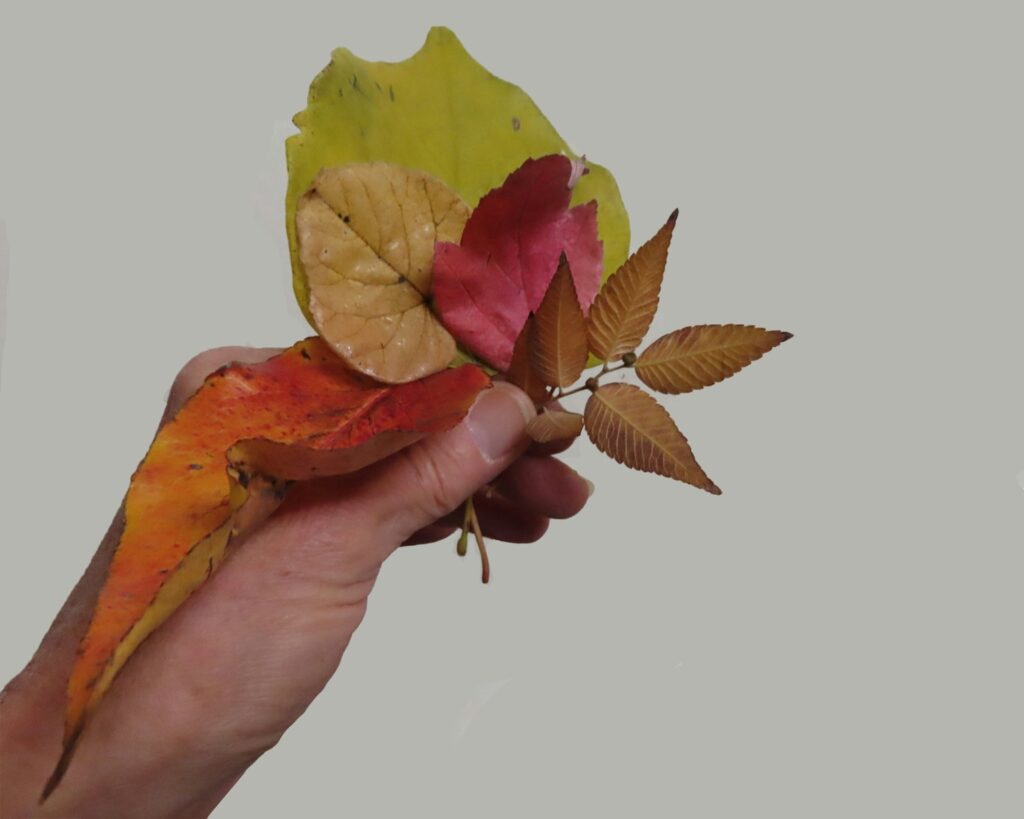
While many believe that every leaf must be raked away immediately, leaving a thin layer can actually benefit your garden. Decomposing leaves enrich the soil with nutrients and shield plants from frost. Excessive raking can damage delicate perennials and disturb soil structure. A strategic approach involves keeping some leaves for mulch or compost while removing the excess, which maintains both aesthetics and plant health. This practice also preserves soil moisture and creates a natural winter barrier, reducing the risk of cold damage to roots.
3. Fertilizing in the fall is useless

Many assume fertilizers are only for spring and summer, but properly applied fall fertilizer can strengthen plant roots and store nutrients for winter. Using phosphorus-rich formulas encourages root growth while avoiding high-nitrogen fertilizers that promote leafy growth vulnerable to frost. Fall fertilization helps plants recover from summer stress and prepares them for spring blooms. Skipping this step can leave plants weak, less resilient to cold, and slower to grow in the next season. A well-fed garden in fall is a healthier, more vibrant garden in spring.
4. All pruning should wait until spring
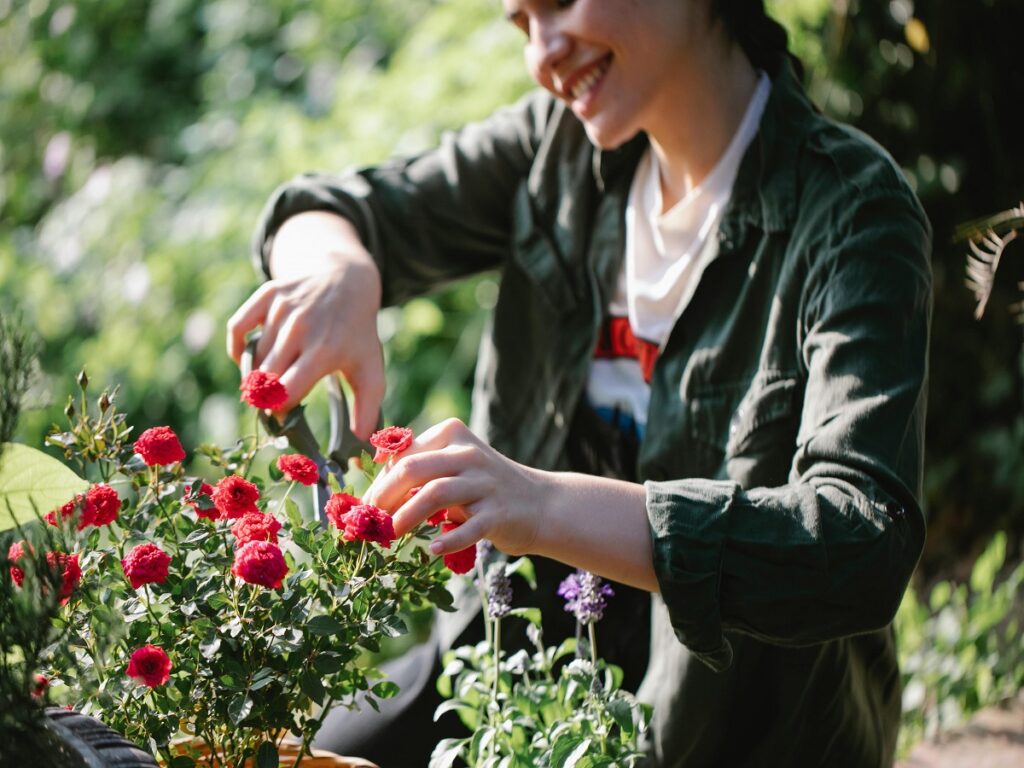
Although heavy pruning is often recommended for spring, selective fall pruning is beneficial. Removing dead or diseased branches prevents winter damage and reduces the spread of pests or disease. Properly timed pruning also improves air circulation, reduces snow or ice breakage, and maintains a plant’s natural shape. Over-pruning, however, can stress plants and make them vulnerable to cold. Targeted trimming ensures a healthier structure, protects buds, and creates a safer landscape while still preparing plants for robust spring growth.
5. Grass goes dormant immediately in the fall
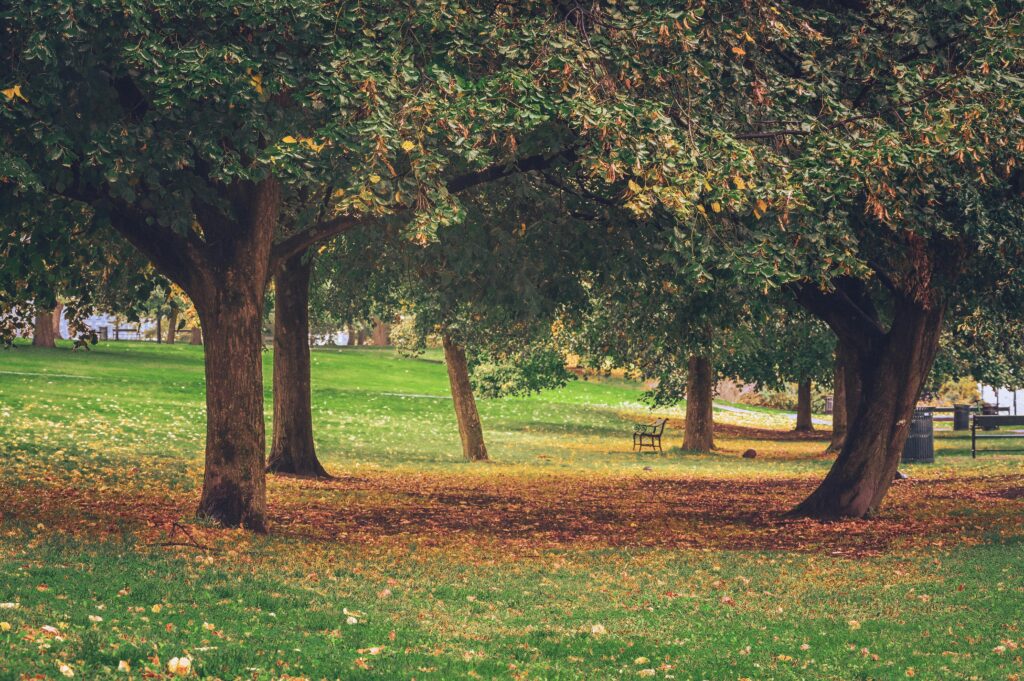
Many homeowners mistakenly think lawns stop growing as soon as temperatures drop. In reality, grass continues to grow and strengthen roots for several weeks. Fall is an ideal time for aeration, overseeding, and applying root-strengthening fertilizer. Mowing slightly shorter encourages dense growth, while consistent watering keeps the lawn healthy. Neglecting lawn care in the fall can result in sparse, weak grass in the spring. Proper fall lawn maintenance ensures a lush, resilient lawn that survives winter and emerges vibrant when warm weather returns.
6. Mulch isn’t necessary in the fall
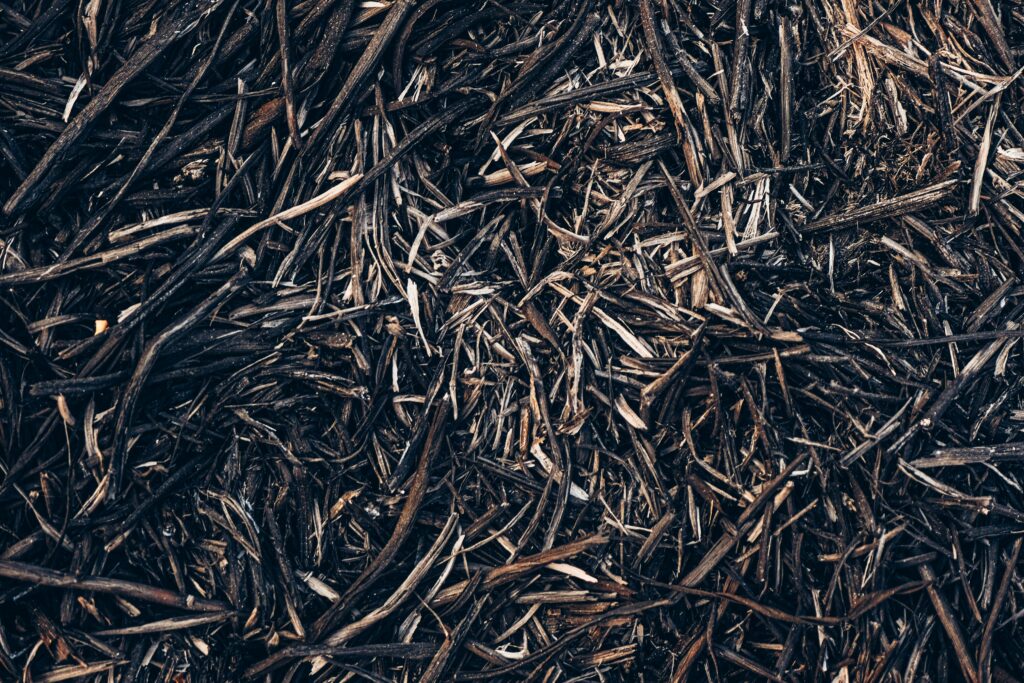
Some gardeners believe mulch is only for summer heat, but fall mulch provides essential insulation against frost and temperature fluctuations. A 2-4 inch layer of organic mulch protects roots, retains moisture, and prevents soil erosion. As mulch decomposes, it enriches the soil, improving fertility for spring. Apply it after planting and before the first hard frost for maximum benefit. Skipping mulch exposes plants to stress, reduces winter hardiness, and can cause nutrient loss. Fall mulching is a simple yet highly effective step to safeguard your landscape.
7. Bulbs can be planted anytime in the fall
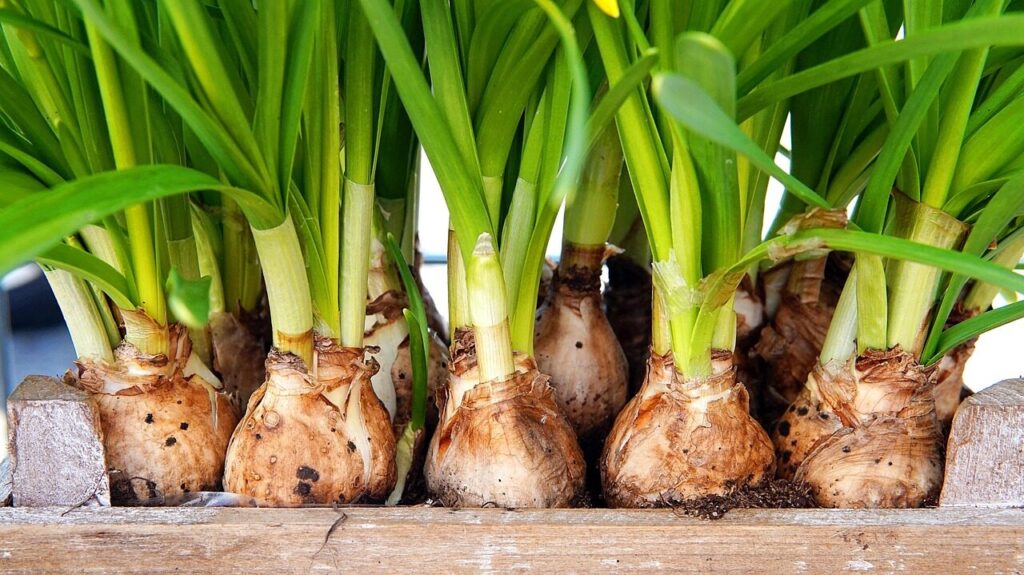
Planting bulbs without regard to timing is a common mistake. Bulbs like tulips, daffodils, and crocuses require several weeks in cool soil to establish strong roots before the ground freezes. Planting too early can cause rot in warm, wet soil, while planting too late leaves insufficient time for root development. Research the best planting window for your region and species. Timing is key for vibrant, healthy blooms. When done correctly, bulbs planted in fall reward gardeners with stunning spring displays and a resilient root system.
8. Fall landscaping is only about aesthetics
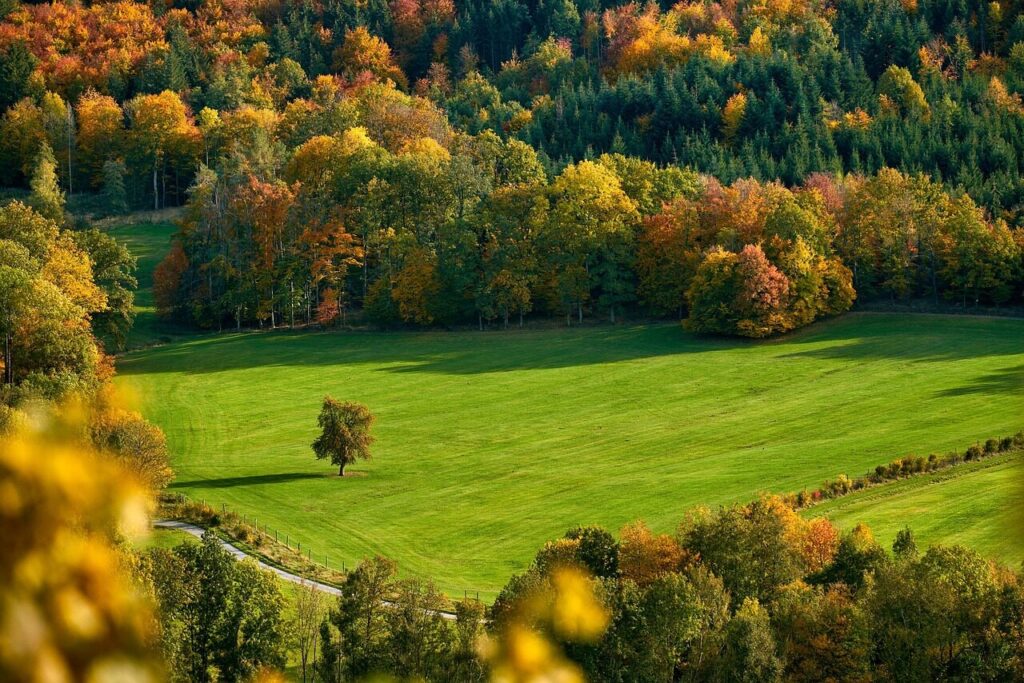
Fall landscaping is often considered purely decorative, but it plays a critical role in long-term plant health. Tasks like planting, fertilizing, pruning, and mulching protect against winter damage, improve soil, and control pests. Focusing only on appearance may leave plants vulnerable and reduce garden resilience. Combining aesthetic goals with practical care ensures a healthy, thriving garden that emerges strong in spring. Fall is not just a season of beauty; it’s a season of preparation, giving your landscape the foundation it needs to flourish year after year.
Comments